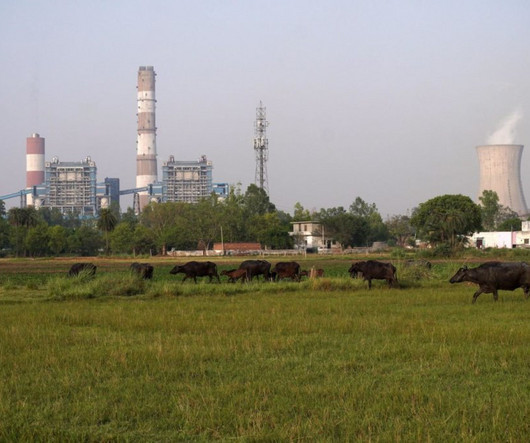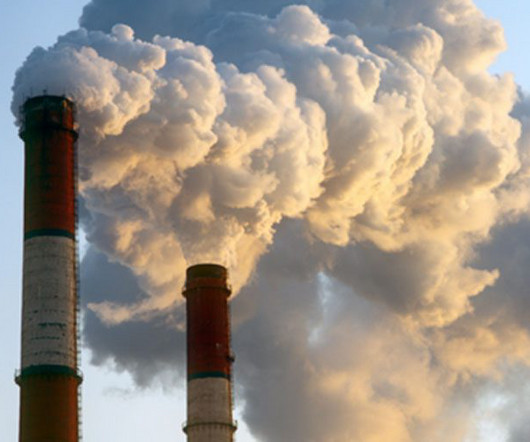Analysis: New coal mines add question mark to India’s climate commitments
A Greener Life
FEBRUARY 14, 2024
Despite a significant uptake of renewable energy, India still relies on coal plants for more than half of its installed electricity supply. By Rejimon Kuttappan Along with a major expansion of renewable energy, India is also pushing for big increases in its coal production, casting doubt on its climate commitments.













Let's personalize your content